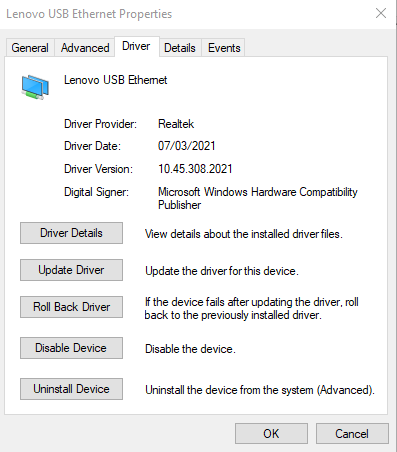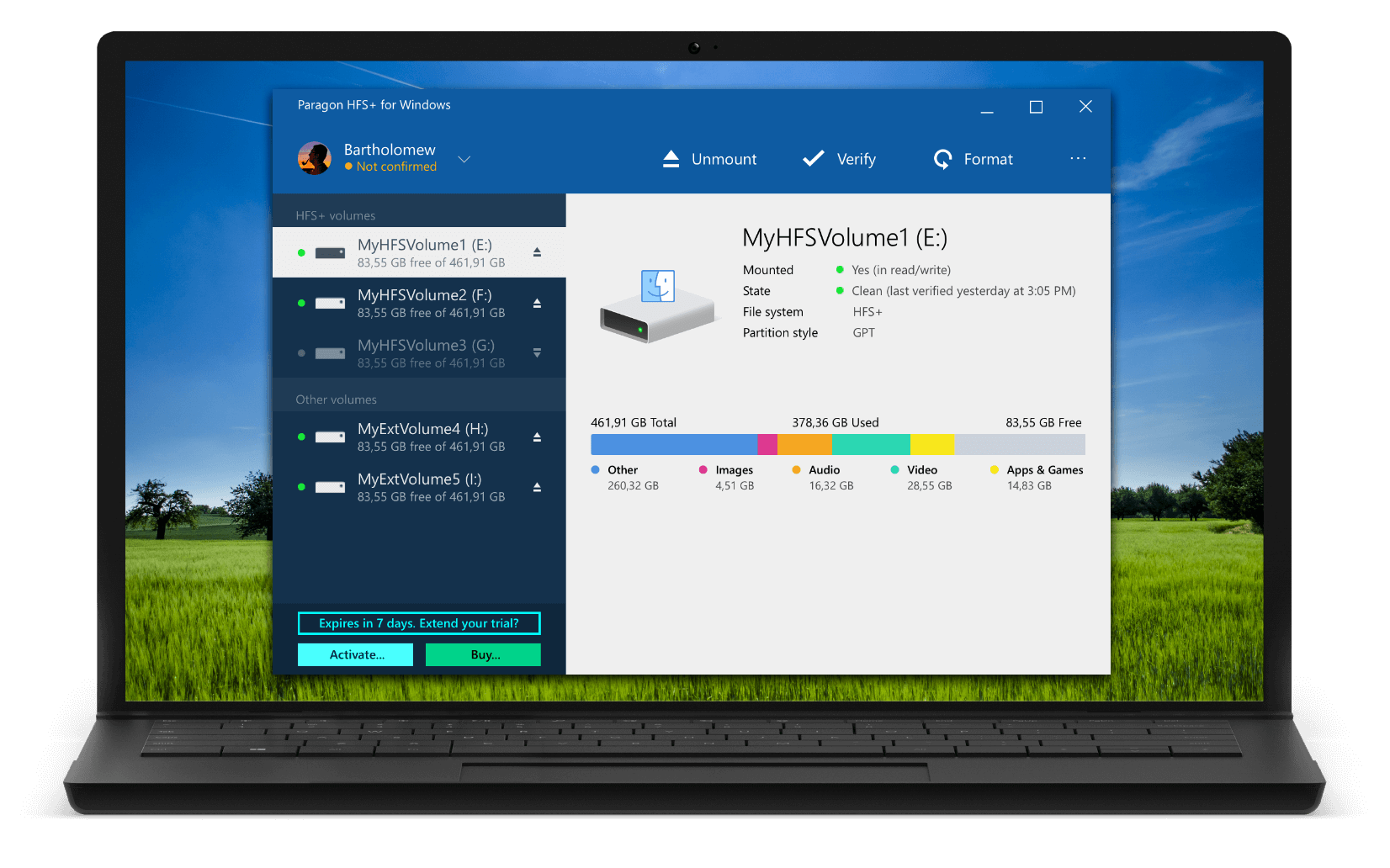

- ASPIEHCI.SYS IOMEGA USB 2.0 DRIVER DRIVERS
- ASPIEHCI.SYS IOMEGA USB 2.0 DRIVER DRIVER
- ASPIEHCI.SYS IOMEGA USB 2.0 DRIVER FULL
- ASPIEHCI.SYS IOMEGA USB 2.0 DRIVER SOFTWARE
- ASPIEHCI.SYS IOMEGA USB 2.0 DRIVER WINDOWS
Interface if an INT 13h interface already exists. Low-level formats, though rarely needed these days, do require INT 13h or anĪt least in DOS, I don't see where any value is created by adding an ASPI I think that's true for high-level formats (the kind done by FORMAT). > yet, but it seems to have relatively low complexity.
ASPIEHCI.SYS IOMEGA USB 2.0 DRIVER DRIVER
As said, no free open driver for the ASPI to block connection exists > Once an "ASPI to block device driver" is loaded, FORMAT should work as Simply aren't very many ASPI utilities for DOS, and likely never will be.Īll of the "common" low-level DOS utilities that everyone is alreadyįamiliar with (FDISK, NTFS drivers, caching programs like UIDE and LBACACHE, However, in the particular case of DOS, I think the "preferred" method, byįar, is INT 13h (at least in the case of DASD/hard/flash drives). Methods for the same disk is a waste of resources. Other method isn't (or at least shouldn't be) necessary. If a disk can be accessed via one of the two methods, the ASPI and INT 13h are essentially competitive technologies, notĬomplementary. > that to access the drives in question :-)
ASPIEHCI.SYS IOMEGA USB 2.0 DRIVER DRIVERS
I made up the list so I could tell in the future if a "newer" version of one of those DOS USB drivers shows up, I have enough info at a glance to see if I indeed do have a "newer" version of a driver.> I find it a very good idea in USB drivers to support the ASPI API so other I don't have Ghost installed on my machine, everything on a CD that starts when I boot the computer. I was not doing a few things right when Ghost was installing. but I still wanted to see if I could get the flash drive to "show up". This wasn't a real critical thing for me on the IBM since it has a CD/DVD burner and I just use that. I spent some time with it yesterday and finally saw the USB flash drive and did a Ghost backup. Ghost 2003 does have a version that loads USB drivers, but I never could see the flash drive when I worked with it in the past. I was able to get the Kingston flash drive to finally show up in the IBM Thinkpad yesterday.

Just finished this yesterday and then I manually placed them into my System folder, I didn't add the Cypress drivers. I have extracted from several different DOS USB downloads the following USB drivers. Which is perfectly useless.įrom a user point of view, The XP/Vista DOS console is not very different from a DOS console in w98.
ASPIEHCI.SYS IOMEGA USB 2.0 DRIVER FULL
Vista has even a funny fake Restart in DOS mode option where it will open a nearly full screen DOS console on top of the windows'desktop. This handicap prevent the use of plain DOS mode for repairing the system as in w9x.
ASPIEHCI.SYS IOMEGA USB 2.0 DRIVER WINDOWS
Windows XP and Vista don't have DOS mode, they only have a DOS console useable when windows is running. It also ensure that your machine is perfectly idle at the time you do the repair. It allows for example to copy and replace files which can't be replaced or deleted when windows is running. The advanatage of DOS mode is that you have access to your computer without starting windows and as such it's a unique repair tool.

To avoid interference between windows and DOS do not include driver loading command in autoexec.bat, but include them in dosstart.bat (which may have to be created). Because when windows is loaded, you better use windows apps. If you really can't get you device to be recognized, it may just be that it isn't compatible with the MS-DOS USB drivers.ĭOS drivers make sens only if you want to use them in plain DOS mode, I mean after restarting in DOS mode. You can also try to use NOVAC's DI1000DD.sys instead of Adaptec's ASPIDISK.sys (Or even IOMEGA's GUEST.exe) as the ASPI layer for DOS after loading your USB ASPI manager (Which is ASPIxHCI.sys or USBASPI.sys).īTW the latest version of USBASPI.sys from Panasonic is v2.27 (Released in 2008).
ASPIEHCI.SYS IOMEGA USB 2.0 DRIVER SOFTWARE
OHCI and UHCI were once opposing standards(At the host side The adapter and software design). I didn't like the DUSE drivers too much because of the lack of compatibility with my hardware.Īlso, if you need to write data to your USB device (Flash drive, or USB HDD), you should use IOMEGA's ASPIEHCI.sys, ASPIOHCI.sys or ASPIUHCI.sys (Depending if your adaptor which your device is plugged in to is a EHCI, OHCI or UHCI controller) as Panasonic's USBASPI.sys does not seem to have proper write support (Windows 9x setup crashes because of that). USBASPI.sys supports EHCI, UHCI and OHCI controllers. So if your drive uses a unsupported filesystem, you may need to format it correctly before use. Old versions of MS-DOS up to 7.10 only supports FAT16. No version of MS-DOS supports NTFS without any extra software. If you use a pre-MS-DOS 7.10 MS-DOS (Windows 98, or 95B to be precise), you can only use drives that have FAT16 as it's filesystem. Please note that your drives MUST be only either have FAT16 or FAT32 as it's filesystem!


 0 kommentar(er)
0 kommentar(er)
